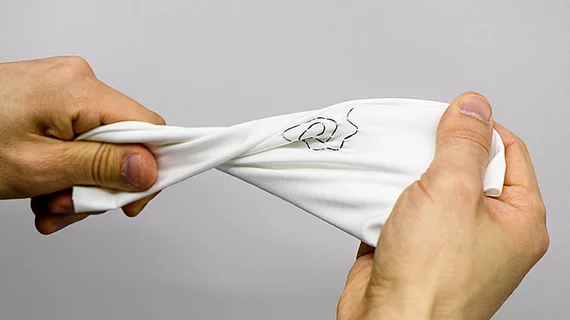Researchers have developed a new way to turn everyday clothing items into washable, comfortable “smart clothes” capable of monitoring a person’s health. Could this breakthrough represent the future of wearable technology?
Engineers out of Purdue University led the research, presenting their findings in Nano Energy. The group explained that these new-look wearables are powered by silk-based coils sewn directly onto the fabric. They can then generate power using Wi-Fi signals and radio waves found in the air, which means no batteries are ever required.
The smart clothes are also washable, the team added, and don’t grow uncomfortable after short amounts of time like the current generation of wearables.
“By spray-coating smart clothes with highly hydrophobic molecules, we are able to render them repellent to water, oil and mud,” Ramses Martinez, PhD, an assistant professor at Purdue's School of Industrial Engineering, said in a prepared statement. “These smart clothes are almost impossible to stain and can be used underwater and washed in conventional washing machines without damaging the electronic components sewn on their surface."
One of the proposed uses for this technology is a cardiac monitoring system that is simply sewn onto a sweatband. “Voltage detection gloves” that warn the wearer when they are at a risk of being shocked have also been designed.
“I envision smart clothes will be able to transmit information about the posture and motion of the wearer to mobile apps, allowing machines to understand human intent without the need of other interfaces, expanding the way we communicate, interact with devices, and play video games,” Martinez added.
Click here for the full analysis.

